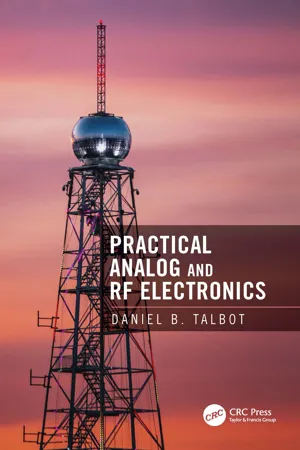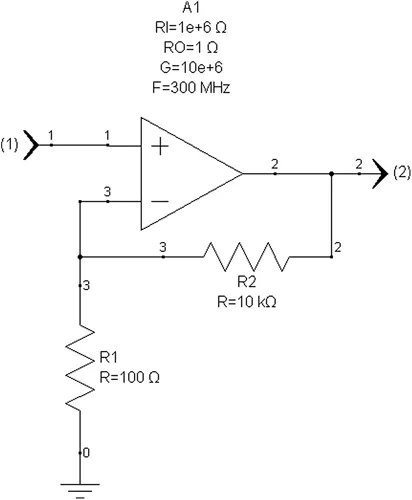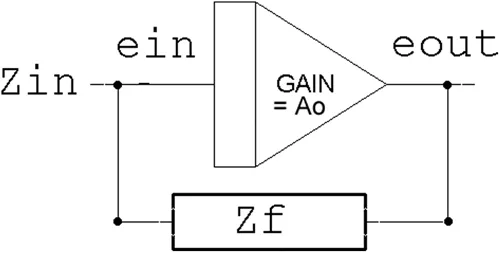
Practical Analog and RF Electronics
Daniel B. Talbot
- 212 pages
- English
- ePUB (adapté aux mobiles)
- Disponible sur iOS et Android
Practical Analog and RF Electronics
Daniel B. Talbot
À propos de ce livre
This is a book about real-world design techniques for analog circuits: amplifiers, filters, injection-locked oscillators, phase-locked loops, transimpedance amplifiers, group delay correction circuits, notch filters, and spectrum regrowth in digital radio frequency (RF) transmitters, etc.
The book offers practical solutions to analog and RF problems, helping the reader to achieve high-performance circuit and system design. A variety of issues are covered, such as:
- How to flatten group delay of filters
- How to use reciprocity to advantage
- How to neutralize a parasitic capacitance
- How to deepen a notch by adding only two components to the network
- How to demodulate a signal using the secant waveform and its benefit
- How to flatten the frequency response of a diode detector
- When to use a transimpedance amplifier and how to maximize its performance
- How to recover non-return-to-zero (NRZ) data when alternating current (AC) coupling is required
- Why phase noise corrupts adjacent communication channels
- Simple method to prevent false locking in phase-locked loops
- How to improve the bandwidth of amplification by using current conveyors
- A very simple impedance matching technique requiring only one reactive component
- How to use optimization
- Quadrature distortion and cross-rail interference
This book is meant to be a handbook (or a supplemental textbook) for students and practitioners in the design of analog and RF circuitry with primary emphasis on practical albeit sometimes unorthodox circuit realizations. Equations and behavioral simulations result in an abundance of illustrations, following a "words and pictures" easy-to-understand approach. Teachers will find the book an important supplement to a standard analog and RF course, or it may stand alone as a textbook. Working engineers may find it useful as a handbook by bookmarking some of the step-by-step procedures, e.g., the section on simplified impedance matching or group delay flattening.
Foire aux questions
Informations
1
Operational, RF, and Current Amplifiers and Their Ubiquity
1.1 Introduction
1.2 The Op-Amp and Its Real and Imaginary Parasitics and Compensation

Op-amp with shutdown.

Schematic of ua709 op-amp, requiring external compensation capacitor.

Practical op-amp model, open loop.

Closed-loop gain of 101 at zero Hz.

Closed-loop bandwidth of circuit of Figure 1.4.
| (1.1) |

The Miller effect.
| (1.2) |
Table des matières
- Cover
- Half-Title
- Title
- Copyright
- Dedication
- Contents
- Preface
- About the Author
- 1 Operational, RF, and Current Amplifiers and Their Ubiquity
- 2 Transimpedance Amplifiers for Low Noise
- 3 Voltage-Controlled Amplifiers
- 4 Emitter Followers and Source Followers (FETs)
- 5 Equally Terminated Two-Port Reciprocal Networks and Reversal of Input and Output
- 6 Importance of Terminating Filters Properly
- 7 Diode Detector Flatness
- 8 Passive Filters
- 9 Secant Waveform for Synchronous Demodulation
- 10 Receiving NRZ Data Using AC Coupling
- 11 Gilbert Gain Cell Versus RF Mixer
- 12 Passive Components
- 13 Unwanted Sidebands Effect on Adjacent Channel(s)
- 14 Injection Locking
- 15 Phase-Locked Loops
- 16 Distortion Fundamentals and Spectral Regrowth
- 17 Optimization
- 18 Quadrature Distortion and Cross-Rail Interference
- Bibliography
- Index